In a symbiotic reorganization, the organism functions much better than its individual cells or parts.
for all episodes of the series
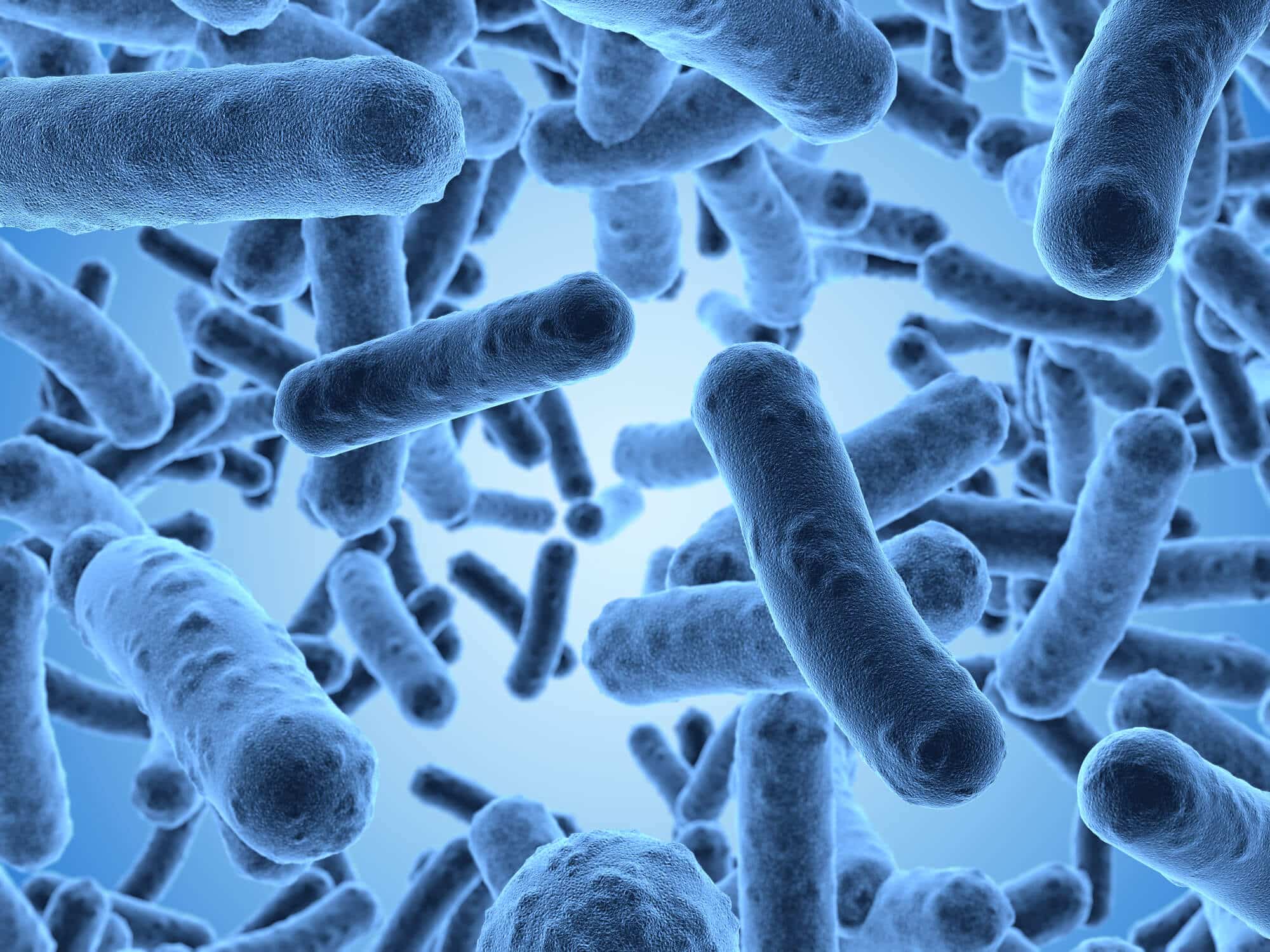
What mechanisms exist in the living world to create cooperation? One of the most common mechanisms is the fusion, union, or grouping of cells or organisms with each other, in a way that creates a new essence, which has a more elaborate, more flexible function than the separate functions of the individuals that make it up.
This is how employees of a hospital, a factory, or an ancestral tribe of hunters and gatherers work. Everyone in the tribe is in charge of a different area: hunting, gathering, creating woven baskets or searching for water sources. Each uses his separate skills to contribute to the whole, and in return he helps others to obtain resources that he is less good at obtaining. Thus, in a symbiotic reorganization, the organism works much better than its separate cells or parts.
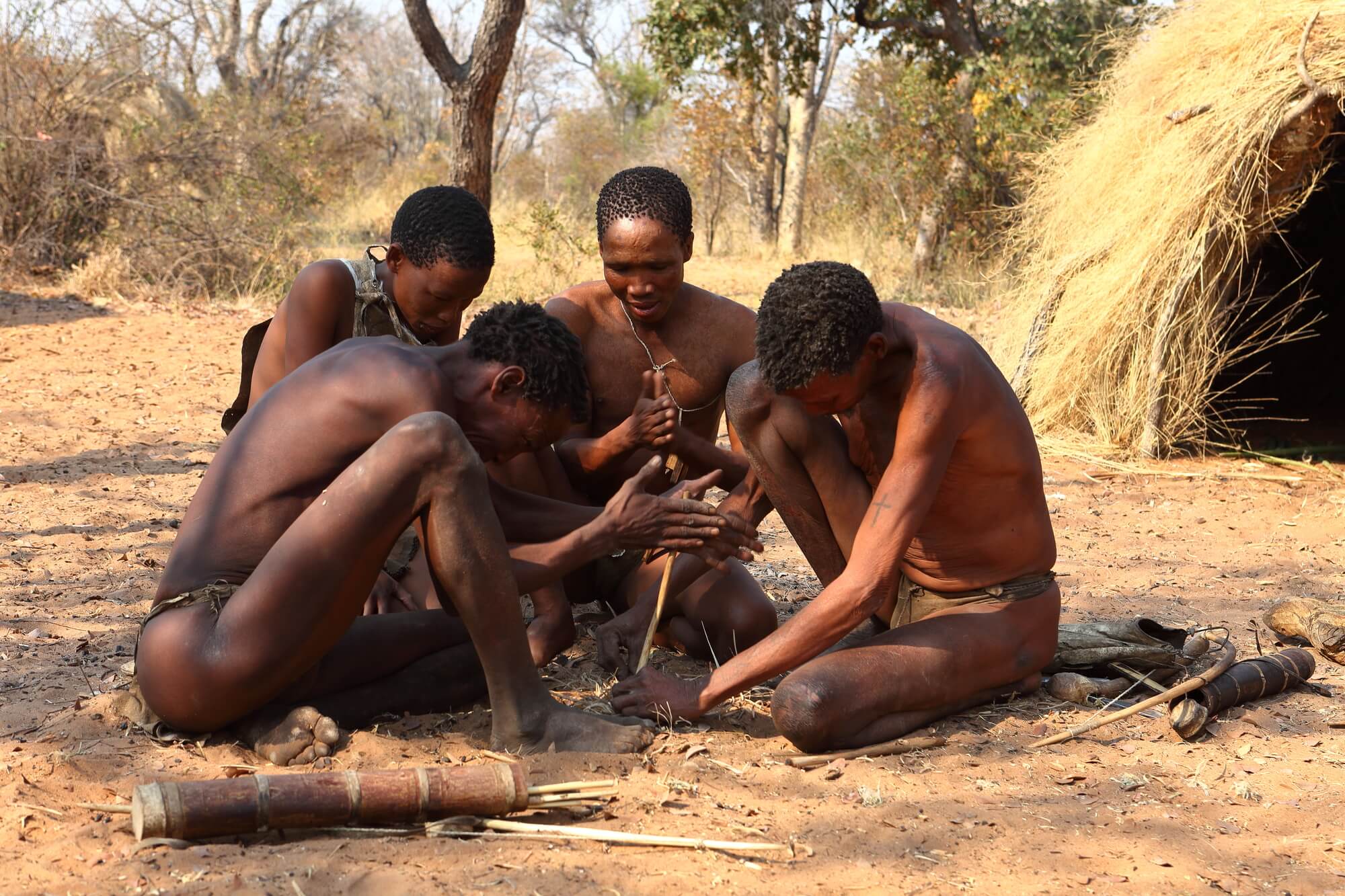
Sometimes, under threat, the number of group members increases. The more predators a group has, the larger it grows. This happens not only in groups of mammals such as elephants, dolphins or monkeys, and not only in groups of fish, but also among single-celled animals. In the experiment, a single-celled algae underwent a thousand divisions and then a single-celled predator was introduced into the test tube. In less than two hundred generations, accelerator cells responded by coalescing. Some of them coalesced into clusters of hundreds of cells. Finally, the number of cells in each cluster stabilized at eight. In this way, the reservoir was large enough not to be eaten, but small enough to allow each cell in the reservoir access to the light necessary for its existence. When the Predator was removed, the exclusive version of the acceleration was not a single cell, as before, but eight-cell clusters. The introduction of a predator caused the cells to undergo cooperative evolution.
Cooperation in the animal world began four billion years ago, when the first single-celled organisms were created. In the era before oxygen and the protective layer created by the ozone, solar radiation was deadly. Some of the organisms remained stuck to each other, and so, naturally, there were those in the upper layer - exposed to the deadly sunlight - and those in the lower layers, thus protected. Some of the single cells that gathered were saved. Those that remained alone were exposed to sunlight and perished. It was perhaps the first route in which joint action was preferred over individual action. It was not a conscious preference - the collaborators survived by natural selection, regardless of conscious will - but the fact that this grouping happened not consciously, emphasizes its naturalness.
In the canal between Great Britain and France - the "Dover Canal" in the words of the British, the "Lemanche Canal" in the words of the French - wormy animals under their skin live algae. These algae process the waste produced by the worms, the processing process provides energy for the worms, and in return the algae feed on the remains of the waste. These algae and worms cooperate, and in light of Brexit, it can be said that they do it better than the British and French.
In the cells of most species of insects in the world live Wolbachia bacteria. Many insects depend on Wolbachia for reproduction, and some use Wolbachia to develop disease resistance.
Bacteria infiltrated some of the amoebas in Kwang Yeon's lab at the University of Tennessee. Some amoebas died and some survived. Yoon removed the bacteria from the amoeba that survived, and to his surprise the amoeba died. At first the bacteria were invaders that killed the amoeba, but the surviving amoeba became dependent on their hosts. When they were given antibiotics to kill the bacteria, they died too. To save them, the researcher had to re-infect them with the same bacteria. The bacteria also developed a dependence on amoebas. This symbiosis Developed for less than ten years.
Bacteria that work together are ten times more resistant to antibiotics ("Our strength is in our unity", Hayadan, 19.8.16). Bacteria can exchange genes among themselves and thus accelerate the rate of mutations among them. Within a few generations they acquire the ability to digest metals, the ability to live in an oxygen-free environment or at a temperature that kills any animal, the ability to resist antibiotics and more.
Under conditions of distress, bacteria sacrifice themselves so that the others can survive. When phages - aggressive viruses - invade bacteria, the attacked commit suicide so that the attackers die with them before they can reproduce and endanger the rest of the bacterial colony. Many unicellular organisms Doing so.
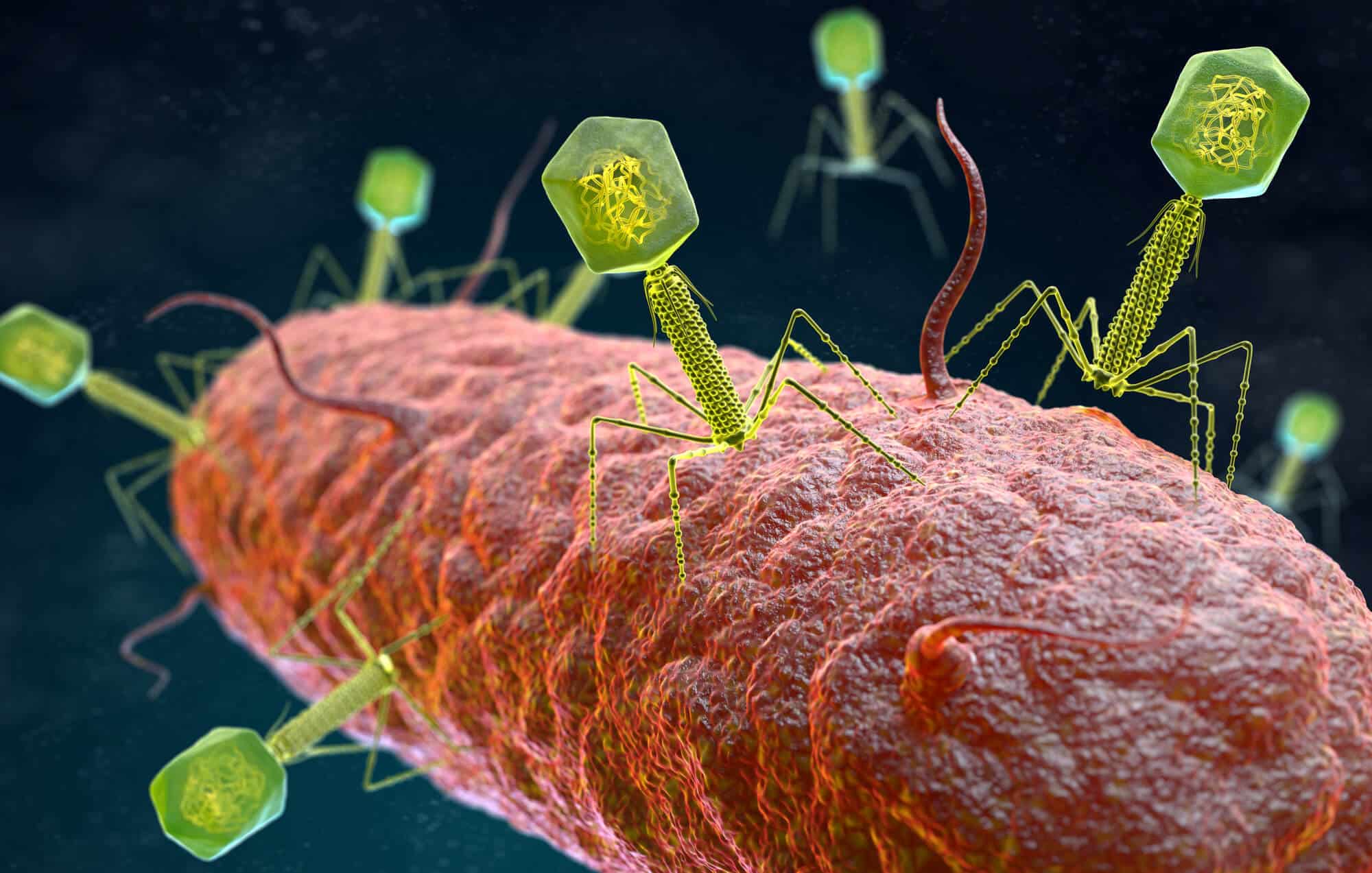
In the body of each of us there are billions of bacteria - more than the number of all humans on earth. Each of us has about two kilos of bacteria, and most of them are essential for our existence. The bacteria in the digestive system help us break down food and digest it. Bacteria in the retina allow us to see.
Cooperation also exists at the DNA level. Genes influence each other and work together, in a way that helps maintain the organism. The joint action increased their abilities and improved their survival. In order to digest a molecule of sugar, it is necessary to coordinate between dozens of enzymes (types of proteins), "each of which continues at the point where the one before it ended and each of them is produced by a specific gene. The defection of one gardener from the joint effort could spell death for all. ... The gens devote all their attention to the general good of their tribe" - again, all this happens unconsciously, but precisely the fact that all this is unconscious, emphasizes the naturalness of the cooperation process.
In 2016, the Weizmann Institute began a project of mapping the networks of mutual influence of the genes ("Even the genes have social networks", Hayadan, 7.5.16). Cooperation at the genetic level appears to have led to advantages for some organisms over others. Symbiosis and cooperation is the dominant form of existence In evolution, it is responsible for the formation of complex life forms whose various parts have sub-specialties.
Our body's hundreds of billions of cells work together. Cells that give up independent reproduction in order to contribute to the body, ensure the survival of the body until the age of childbearing. The cells do not do this for nothing: this is how they improve the body's survival, and this will give birth to offspring in which their own DNA is preserved.
Our DNA is in the nucleus of every cell, but there is also DNA outside the nucleus: in the mitochondrion, one of the cell's organelles. Originally the mitochondrion was a small single cell that produced energy. Two billion years ago the mitochondrion entered a cell with a membrane. The cell membrane protected the mitochondrion, while the mitochondrion processed oxygen, turned it into energy and supplied it to the cell. Thus, in cooperation, these two organisms improved their ability to survive. From this fusion, the eukaryotic cell was created, which has a nucleus, from which all animals evolved, including us. The mitochondrion and the cell made such a successful exchange that since then they cannot do without each other. The symbiosis has reached such a level that today the mitochondrion cannot function without DNA from the cell nucleus. Thousands of mitochondria (the plural form of mitochondrion) reside in each of our body's 30,000 billion cells (except for a group of male sex cells). One of its most turbulent leaps towards complexity was recorded by life not in competition but in joint action to the point of fusion. Every cell in our body is a product of this community project.
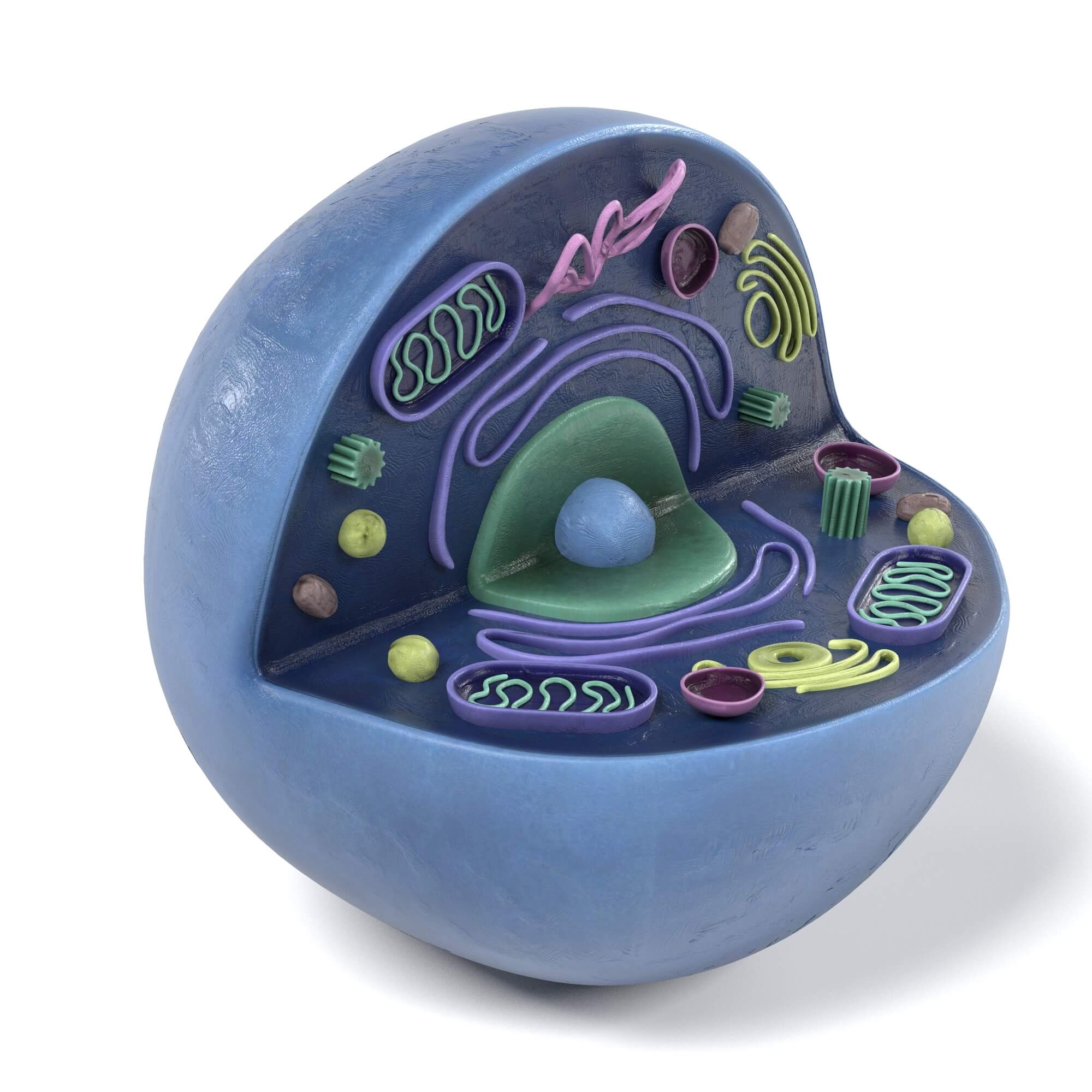
Our sperm cell is an example of symbiosis: it is a match between a cell that contains half of the genetic material of the males among us, and a bacterium that was an excellent swimmer and is now the tail of the sperm cell. In the laboratory it can sometimes be seen detaching from the cell body and swimming independently, without dying, for hours. Today, most of our cells cannot exist outside the body. Every cell in our body - whether it is a bone cell, a liver cell or a lung cell - stops its growth and takes on a role in which it contributes to the human body and not to its survival. He sacrifices himself for the good of the body as a whole.
There is no DNA in red blood cells. Their ability to reproduce was sacrificed for the sake of the body that carries them. In the last stage of their formation in the bone marrow, they remove the DNA to make room for the hemoglobin that will take oxygen to the cells, in a gesture of pure, unconscious altruism.
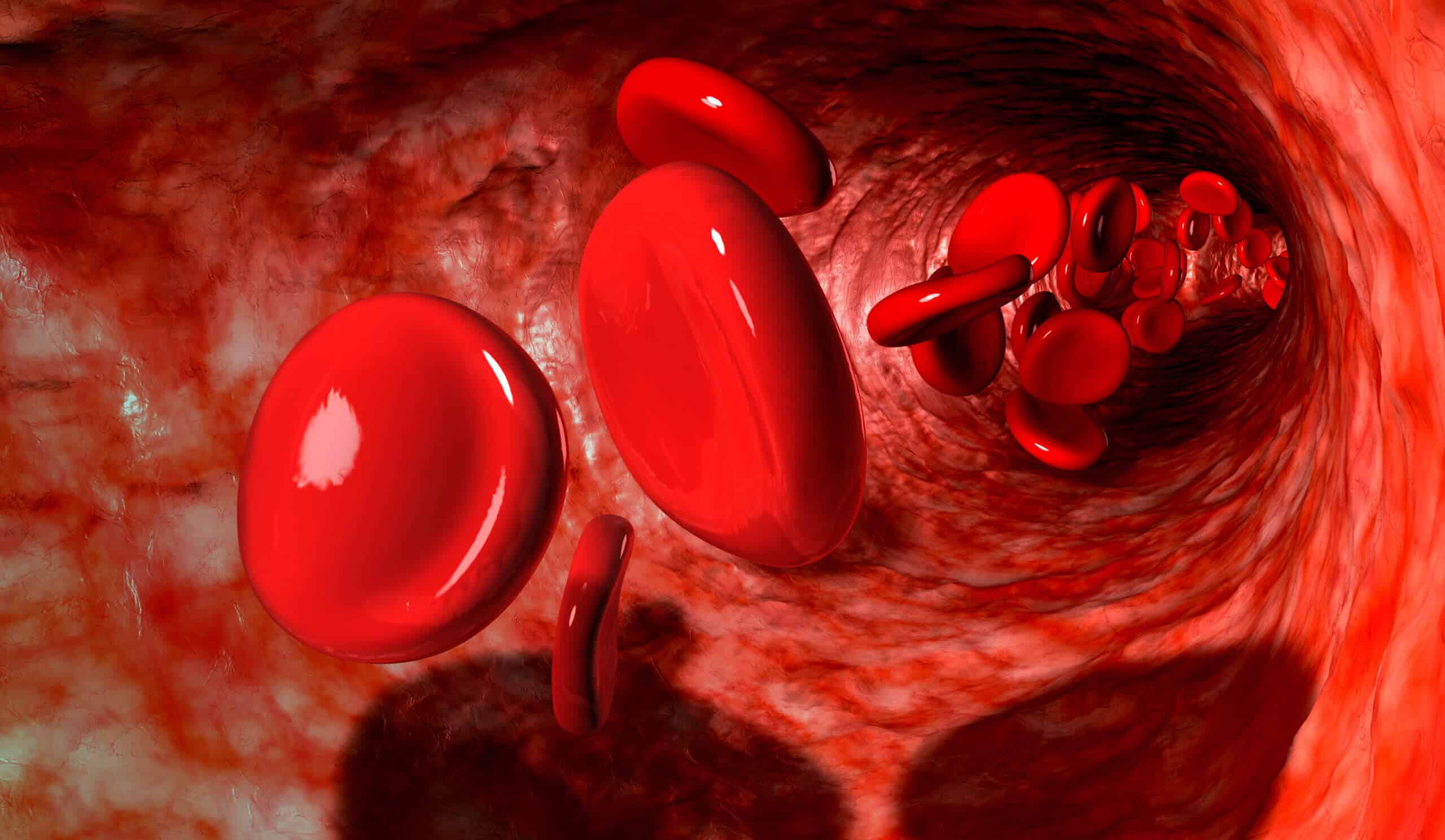
There are cells that kill themselves for the sake of the whole body. Plant cells dry out and die to be lighter and thus create the light cellulose of the plant, thanks to which the seed will be carried far away by the wind, to a place where it can germinate. In a group (accumulation) of Dictyostelium amoeba (Dictyostelium discoideum) there are cells that die to create a path on it moving and progressing The live part of the group. Myxococcus xanthus bacteria kill themselves to serve as food for other bacteria that live with them, to allow the continued existence and development of the cluster of bacteria. The tadpole's tail cells die so that the tadpole becomes a frog. Some cells sacrifice themselves for the continuity of the whole being.
Cells in our body infected with the corona virus (of the SARS-CoV-2 type) present on their membrane peptides (short proteins) derived from proteins of the invading corona virus. That's how they are signaling the immune system to destroy them. They die for the survival of the body. Cells that ingest viruses initiate their own death so that the virus will also die with them, and the body will be saved. Healthy cells next to them also die, just to be safe. Our body is an altruism machine.
During the life of each body, billions of cells sacrifice themselves in programmed cell death (apoptosis), so that the body can live. A cell that does not die when its time has come, but continues to divide, is a cancer cell. He kills his bearer. A cell that reproduces without control, kills the body in which it resides, sometimes before the body reaches the reproductive stage. Therefore, during natural selection, a preference was created for cells that die before they become cancer cells. This is another example of evolution being altruistic.
When colon cells reach from the depth of the intestinal wall to the surface of the intestine, they are exposed to foods and substances that increase their cancer potential. In this situation, the risk increases that DNA errors in cell division will turn them into cancer cells. When this happens, they die, in a quasi-altruistic act.
Cells sacrifice themselves for the body. They may do it unconsciously, but that is precisely the point: cooperative action and altruism are not only the property of the cultured and aware man, but exist in all forms of life, from the simplest to the most complex. Although man also acts from the power of consciousness and not only from instinct, but in this action, he is not much different from the mitochondrion that two billion years ago merged into a cell with a membrane.
The animal world does not need ten commandments or a social contract to act cooperatively. Most creatures that exhibit altruism do not do so consciously. Bees working together in a hive have no consciousness. Birds that help others in raising offspring do not think that in this way you will gain experience for the distant future. The buffalo herd in Kruger Park did not start a Facebook event to save the calf from the lioness. Animals are not aware of their altruism and therefore cannot present themselves as altruistic if they really are not. When a baboon jumps on a tiger to protect his community, he is putting himself in real danger, not creating a false image of heroism. Man is the only animal that, thanks to imagination and language, can fake altruism. Only among the human race can alpha males come to power when they pretend to work for the pack, when their entire biography indicates activity in the opposite direction.
subtitle:
What are our true motives? (illustration)
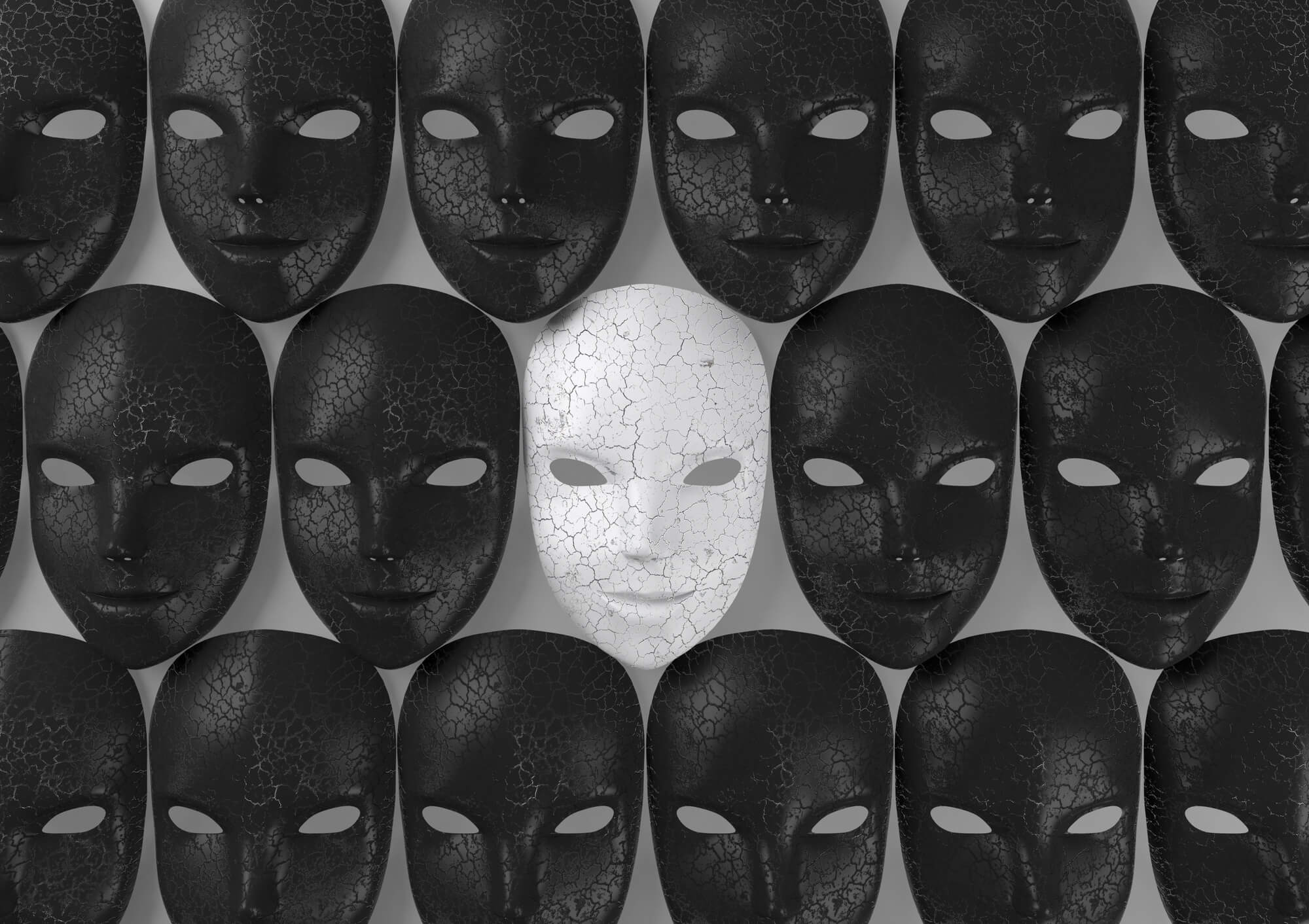
Community life in the living world
Life in groups requires constant self-restraint. Violent fights between adults are rare, because they end in loss for both sides: if the loser runs away, he loses the group's protection. If the winner kills the loser, he will lose a team defense partner. An attack may end in the death or injury of the attacker. Therefore, among mammals (including man), birds, fish and other animals, most fights are restrained. Before an animal attacks a member of its species, it almost always threatens, thus allowing the other to surrender or retreat.
A vanquished wolf kneels down, lowers his head, turns it and exposes his neck to the mercy of the victor, and this stops the attack. Stags fighting over a doe will roar and shake their antlers until the weakling retreats. The winning stag will not seriously injure the loser. The vanquished will assume his inferior position in the hierarchy and will contribute to the well-being of the pack by guarding the cubs. When male chimpanzees struggle for hierarchy, the losing chimpanzee offers its hand to the winner for a bite, and it bites him lightly, ceremonially, not injuring him. From the moment the hierarchy between chicks is established in the first weeks after they leave the nest, the physical violence between them decreases. Wagtails and wolves maintain the hierarchy in other ways - usually by me gestures of generosity.
For the group to survive, battles for control must end with a clear decision about the hierarchy. Researcher Robert Sapolsky observed a flock of baboons. The alpha male was ousted in highly scarring battles, and his place was taken by a loose coalition of two cowardly, violent and greedy males. Each of the two kept the other's butt while it mated with one of the girls of the pack. Each of them was vulnerable alone. Other males in the pack took advantage of this and challenged the two. The fights over the premiere weakened the band. Many males were injured in battles for control. One day a herd of baboons arrived in the area with a clear hierarchy. This pack attacked the original pack and managed to drive it out of the habitat. In the band exhausted by fights, there were not enough males to repel the invaders.
Chimpanzees go on killing sprees in neighboring herds. Dwarf chimpanzees, bonobos, resolve conflicts by having sex. Chimpanzees live in a hierarchical society, while the bonobo lives in an egalitarian society. The dominant chimpanzee mates with females as he chooses and exerts violence on the other males, while the bonobo lives in a monogamous relationship. Are we closer to chimpanzees or bonobos?
The hormone vasopressin is involved in the creation of feelings of attachment and affection, which are responsible for relationships between parents and offspring, spouses and bandmates. There is a segment in our DNA that regulates our reactions to vasopressin and that contributes to the pleasant feelings that cooperation causes us. We share this segment with bonobos - but not with chimpanzees. This means that from an evolutionary point of view We are close to bonobos More egalitarian and peace-loving than chimpanzees.
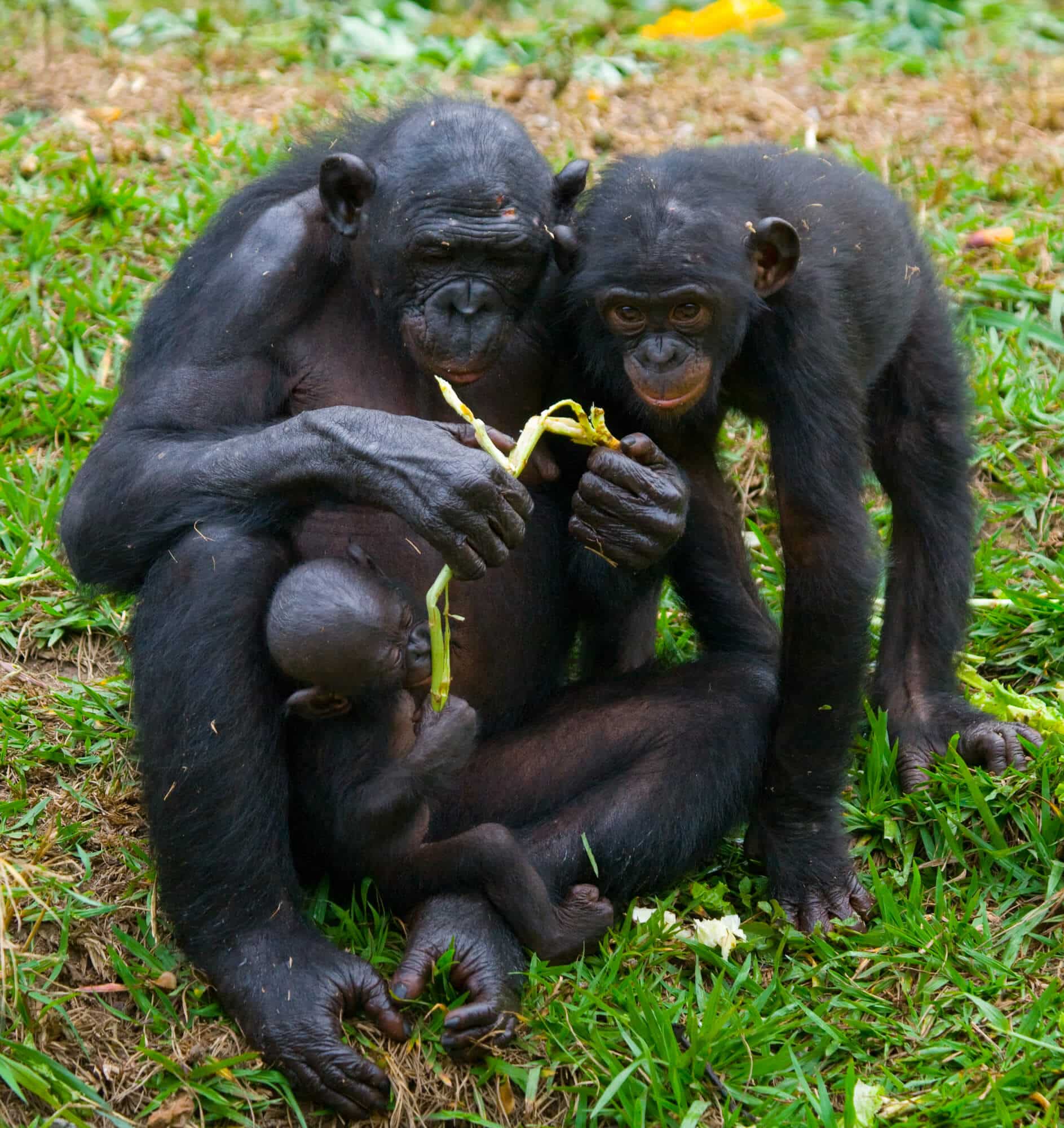
The ancient man noticed the advantage that Bryson had. Instead of killing his rival in the competition for a mate, he produced flints as a sign of his competence. The transition from a physical fight to the symbolic dimension in works of art strengthened the tribe. Nowadays, the flint stones have been replaced by the Mercedes keys, the Gucci watch and the Armani suit, but the principle is the same: most of us prefer to present our competence with symbols of power and wealth, artistic ability, the beauty of youth or the wisdom of old age - and not with weapons.
Not surprisingly, all human cultures tend to attribute the existence of social and personal morality to moral codes that developed culturally rather than biologically, and claim that relative to other cultures these codes themselves developed in the most superior way. There are two errors in this concept: one error is ignoring the fact that the same social morality exists, in one form or another, in the vast majority of the world's cultures (care for the weak and the elderly, mutual guarantee between group members, striving to optimize (maximize) the abilities of each member of society, fulfilling self, maintaining these codes, punishing code breakers). This fact indicates the existence of a deeper basis for morality - a biological and neuronal basis. Morality is a primal, instinctive biological drive that underlies all cultures. Every culture is nothing more than a formal, institutionalized expression of this universal biological drive - the drive to morality.
There is another proof that attributing morality to culture is a deep error: codes of morality exist among two biological groups that have no conscious culture: non-human animals - and babies of their day, who have not yet had time to acquire language and therefore there is no way in which culture can be instilled in them. Animals and babies also exhibit moral behavior. About that - in the next article.
Additional sources:
Natalie Angier, The scientific canon (Beit Estate, 2009), pp. 316, 319, 336, 375.
Mishka Ben-David, Life, love, death (Yediot Ahronoth, 2011), p. 541.
Mark Glazerman, Gender medicine (Modan and Mehbat, 2014), p. 96.
France de Val, inherently good (Kinneret, 1998), pp. 98, 153.
Colin Taj, The garden engineer (Maariv, 1996), pp. 105-106.
Konrad Lorenz, King Solomon's ring (The KBAM, 1982).
Konrad Lorenz, The apparent evil: about aggression in nature (KHBM, 2002);
Bruce Lipton, The biology of belief (Prague, 2014), p. 162.
Carl Sagan and Van Druyen, Traces from the past (Maariv, 1994), pp. 40, 114, 207-203;
Jacob they are, Cancer as a challenge (The Broadcasting University, 2013), p. 28.
Neil Chauvin, The fish within us (Yediot Ahronoth, 2010), pp. 173, 193.
Frans de Waal, Primates and Philosophers (Princeton, 2006), ch. 1
Lynn Margulis and Dorion Sagan, Microcosmos (Summit Books, 1986), pp. 90-96, 121-123, 246, 254.
Robert Sapolsky, A Primate's Memoir (Vintage, 2001).
Robert Sapolsky, Why Zebras Don't Get Ulcers (St. Martin's Griffin, 2004).
Michael Shermer, The Science of Good and Evil: Why People Cheat, Gossip, Care, Share, and Follow the Golden Rule, 2004, p. 51

5 תגובות
Here too I would add Robert Wright's The Moral Animal to the bibliography
I'm sure the author of the article is embarrassed by the sentence "This means that from an evolutionary point of view we are closer to the egalitarian and peace-loving bonobo than to chimpanzees." The separation of the chimpanzee species happened after the split from the ancestors of the human species, so from an evolutionary point of view we are equally close to these two species *by definition*. The sharing of one hormone (which developed at the same time or disappeared in the common chimpanzee) does not entail the existence of the claim.
Agree with Assaf. It is enough to see two chicks with many of them on food, many times the stronger chick chases the smaller one from the nest to its death. It seems to me that there are many more cases of animal cruelty than kindness.
There is also the well-known example of sharks preying on their herd brothers during the pregnancy stage, and more.
Agree with Assaf. It is enough to see two chicks with many of them on food, many times the stronger chick chases the smaller one from the nest to its death. It seems to me that there are many more cases of animal cruelty than kindness.
To treat altruism as an evolutionary necessity is naivety
Because most of the examples given by the author
are not altruism but a display of egoism
When the exhibitor "hopes" to gain an advantage,
As for drawing conclusions and implications from the examples
Regarding human society...
I will wait for the continuation…